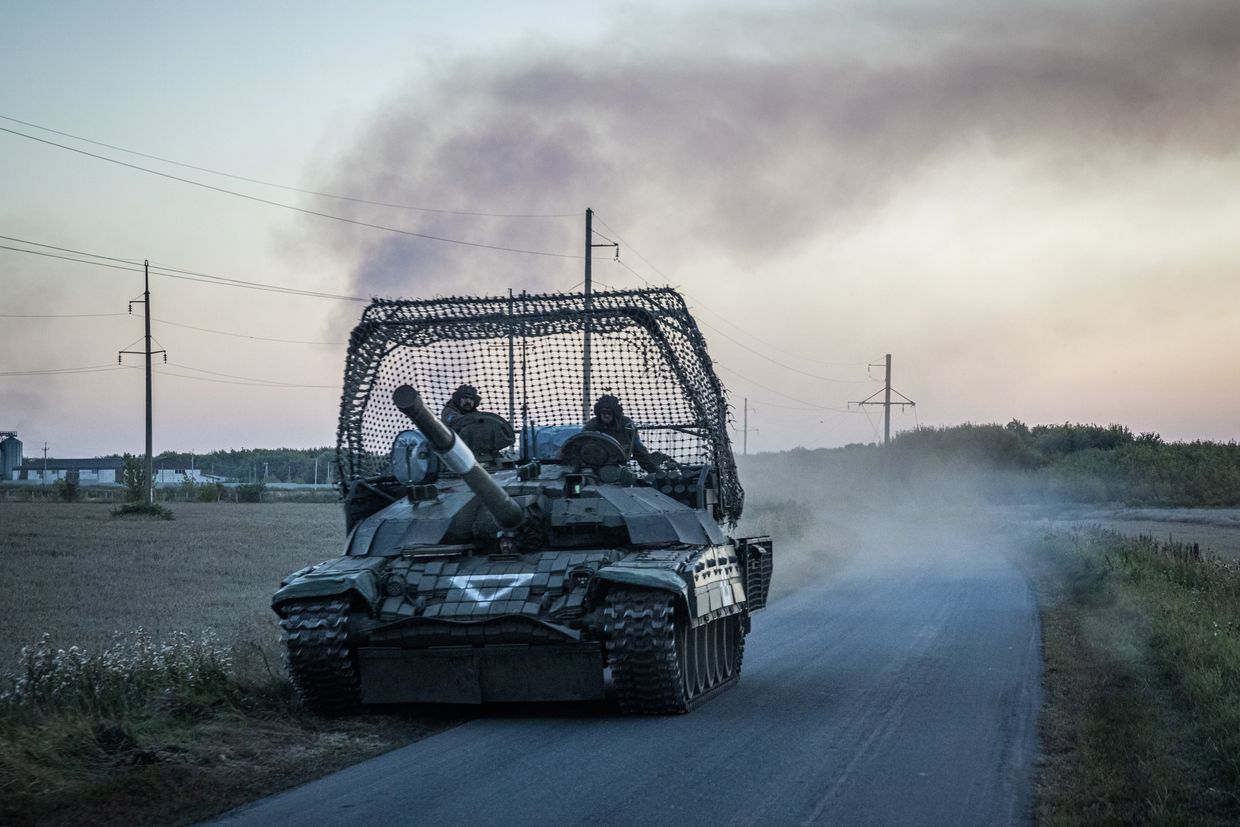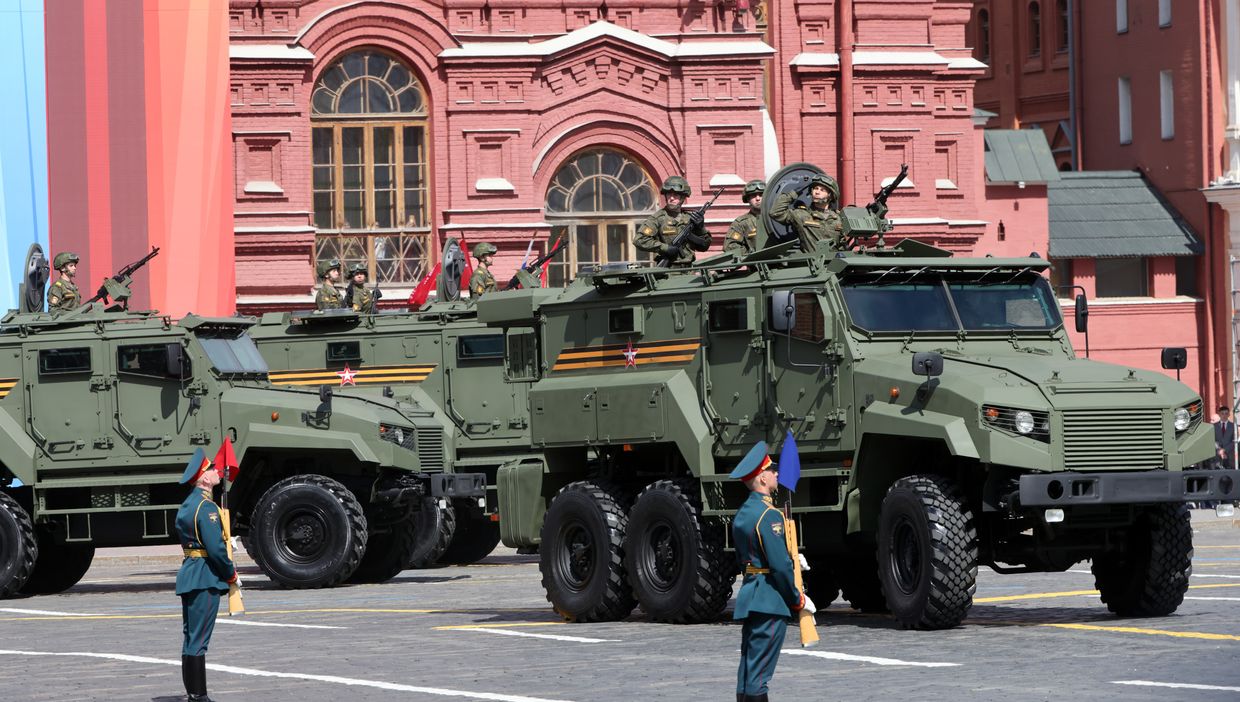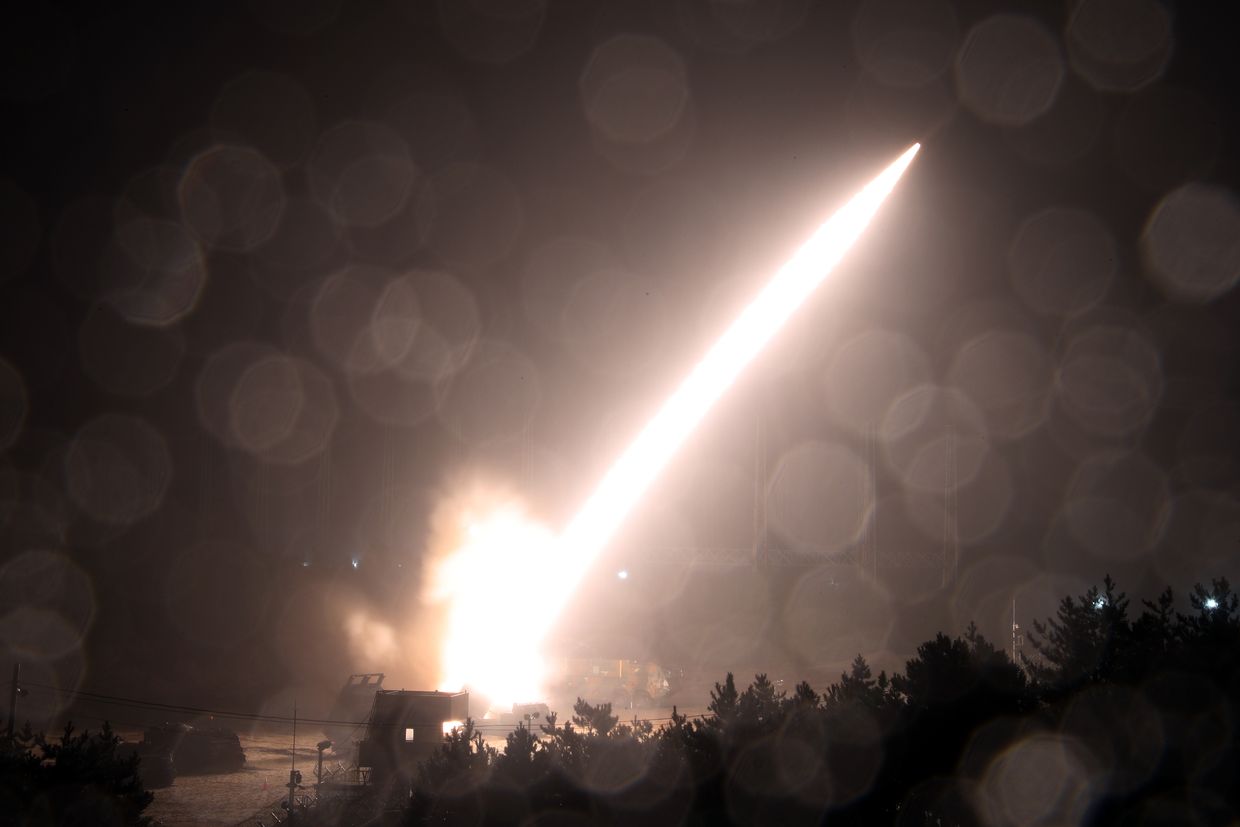Ukraine war latest: 49 Ukrainians released from Russian captivity; Finland announces new aid package for Ukraine

Key developments on Sept. 13:
- 49 Ukrainians released from Russian captivity
- Finland announces $130 million aid package for Ukraine
- Russia's 'rapid' offensive in Kursk Oblast hasn't yet achieved 'serious' success, Zelensky says
- Russia buys Western aircraft parts via intermediaries despite sanctions
- ATACMS 'pointless' without ability to strike inside Russia, Zelensky says at YES conference
Ukraine brought back 49 Ukrainian soldiers and civilians from Russian captivity on Sept. 13, President Volodymyr Zelensky said.
These include personnel of the Armed Forces, the National Guard, the National Police, and border guards.
A total of 23 women were brought back, including civilians detained and illegally imprisoned by Russia before the full-scale invasion, the Coordination Headquarters for the Treatment of Prisoners of War reported.
Leniye Umerova, a Crimean Tatar, is among the released. She was detained by Russia at the Georgian-Russian border in 2022 when she traveled to occupied Crimea to look after her cancer-stricken father.
Military medic and Hero of Ukraine Viktor Ivchuk was also among those released. Ivchuk, a colonel of the Armed Forces and head of a military hospital in Mariupol, has been held captive by Russia since April 2022.
"We have to bring home all of our soldiers and civilians," Zelensky said.
The released captives include 15 soldiers of the Azov Brigade who defended the city of Mariupol in 2022.
"The Azov (soldiers) were included in the exchange for the first time in a long time. This group consists mainly of women," said the sub-division of Azov responsible for captured, killed and injured soldiers.
Thirteen sailors, eight soldiers of the Armed Forces, two police officers, and four border guards were also freed from Russian captivity, according to the headquarters.
This is the 56th prisoner exchange since the outbreak of the full-scale war. A total of 3,569 Ukrainians have been brought back from Russian captivity, Ukraine's Ombudsman Dmytro Lubinets said.
Kyiv aims to conduct an all-for-all prisoner exchange, which was one of the issues at Ukraine's peace summit in Switzerland in mid-June.
Finland announces $130 million aid package for Ukraine
Helsinki will send its 25th package of military assistance to Ukraine valued at around 118 million euros ($130 million) on Sept. 13, the Finnish Defense Ministry announced.
The total amount of military aid Finland has sent to Kyiv now stands at 2.3 billion euros ($2.5 billion), the ministry said.
"The war situation in Ukraine remains serious. As promised, Finland continues to provide material assistance. Our message to our partners is that we must not give up," Finnish Defense Minister Antti Hakkanen said.
The full list of arms the new package contains and the time of its delivery were not disclosed.
Finland and Ukraine signed a 10-year security agreement in April, which President Volodymyr Zelensky called a "strong document that proves Finland's readiness to continue supporting Ukraine in the fight against Russian aggression."
Russia's 'rapid' offensive in Kursk Oblast hasn't yet achieved 'serious' success, Zelensky says
Russian troops have launched a "rapid" offensive in Kursk Oblast but have not yet achieved "serious" success in the area, President Volodymyr Zelensky said on Sept. 13 at the Yalta European Strategy (YES) conference.
Russia recently launched a counterattack in the embattled region, which has been partially held by Ukrainian forces since the start of the cross-border incursion on Aug. 6.
The Russian Defense Ministry claimed that Russian soldiers had regained control of 10 settlements as of Sept. 12. The Kyiv Independent could not verify these claims.
"In the Kursk direction, the Russians have started their rapid offensive, and they want to use about 60,000-70,000 people there. We know about 40,000 people who are there," Zelensky said.
"They wanted to make quick breakthroughs... They are doing it, but we have not seen any serious success yet."
According to Zelensky, Ukraine's operation in Kursk Oblast resulted in a decrease in the number of Russian assaults in Donetsk Oblast. The situation near Pokrovsk, one of the major goals of Russia's ongoing offensive in Donetsk Oblast, has been gradually stabilizing over the past week, he added.
While the Russian offensive on Pokrovsk has slowed down, heavy fighting continues in other sectors of the front in Donetsk Oblast, including near Vuhledar. Russian troops are advancing in several directions in the region.
According to Zelensky, before the Kursk operation, Russia fired 12 shells against one Ukrainian shell in Donetsk Oblast. Now, the ratio is 1 to 2.5, he claimed.
Speaking of Moscow's counterattack in Kursk Oblast a day prior, Zelensky said that "everything is going according to our plan."
As of Sept. 6, Ukraine controlled over 1,300 square kilometers (500 square miles) and around 100 settlements in Kursk Oblast. According to Kyiv, the incursion was meant to divert Russian forces from Donbas and to prevent further Russian cross-border attacks from Kursk Oblast.
Ukrainian soldiers also had reportedly taken over 600 Russian captives and inflicted 6,000 casualties in Kursk Oblast as of early September.
Russia buys Western aircraft parts via intermediaries despite sanctions, Guardian reports
Russia managed to import aircraft tires worth $30 million from Western and other foreign manufacturers last year despite sanctions, The Guardian reported on Sept. 12, citing a report from a Ukrainian agency it had obtained.
Using third-country intermediaries, Russia has managed to obtain these critically needed components from the U.S. company Goodyear, the British Dunlop, Japan's Bridgestone, and France's Michelin, the report by the National Agency on Corruption Prevention (NACP) read.
The Western countries and other partners have sought to undermine Russia's defense industry by sanctioning military-use materials and components.
The vast majority of the 2023 imports (70%) reportedly came from Michelin, including the type of tires used by Foreign Minister Sergei Lavrov's plane.
The EU, U.K., U.S., and Japan have imposed sanctions on the sale of aviation tires to Russia in an effort to stifle Russia's aviation manufacturing amid the ongoing war against Ukraine.
The report indicated no wrongdoing by the said companies, The Guardian wrote, as Moscow mostly used entities in China, Turkey, the United Arab Emirates, Saudi Arabia, and central Asian countries as intermediaries.
The report also said that there is evidence of some of these parts flowing to Russia directly from the West. Michelin and Goodyear told The Guardian they had suspended sales to Russia.
Also on Sept. 12, the Ukrainian investigative project InformNapalm released an investigation saying that Russia maintains its Su-30SM fighter aircraft using French equipment.
ATACMS 'pointless' without ability to strike inside Russia, Zelensky says at YES conference
U.S.-supplied long-range ATACMS missiles are "pointless" in Ukraine due to their limited quantity and restrictions on strikes deep inside Russia imposed by Western partners, President Volodymyr Zelensky said on Sept. 13 at the Yalta European Strategy conference.
The U.S. began providing Ukraine with Army Tactical Missile Systems (ATACMS), which have a range of up to 300 kilometers (190 miles), in the spring.
While these missiles have been used in Russian-occupied Crimea, Washington's restrictions prevent their use on Russian soil. Kyiv has lobbied the U.S. to lift these restrictions, allowing strikes on airbases and other military targets beyond the border.
"ATACMS in the form that we have today (in Ukraine) is pointless if you cannot use it on their (Russian) military bases, airfields with helicopters and airplanes. It's pointless," Zelensky said.
"If ATACMS has a big restriction on the use of missiles because there are few of them... Unfortunately, it doesn't work."
Zelensky added that although much has changed during the war, Ukraine is still grappling with an arms shortage, relying heavily on imports and assistance from its partners. He emphasized the need for more 155 mm and 122 mm artillery shells.
"Yes, we have started to produce them (155 mm artillery shells), but this is not enough for the full-scale war. You can see that even the production volumes of the whole of Europe are not enough to close this gap for such a large-scale land war," the president said.
He also pointed to a lack of air defense systems, particularly the U.S.-made Patriot systems, and the ongoing shortage of missiles needed for air defense.
"We can't pressure the U.S.; we are grateful to them. Nevertheless, if we are talking about HIMARS, ATACMS, and other means that can accurately shoot down (aerial targets) and destroy the enemy, we need to increase production rather than limit the number," the president said.
The Wall Street Journal reported on Sept. 12, citing an undisclosed senior U.S. official, that U.S. President Joe Biden's administration aims to improve Ukraine's "strategic position" on the front line as much as possible before his presidential term expires this January.
The White House is discussing how best to help Kyiv over the next four months, regardless of who wins the election, the WSJ wrote.
Decisions include potentially lifting some restrictions on the use of long-range Western-supplied weapons against targets inside Russia, a move the details of which Biden is reportedly finalizing.
















